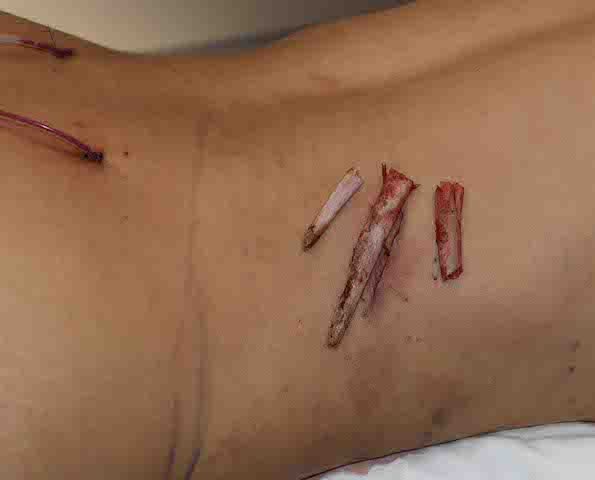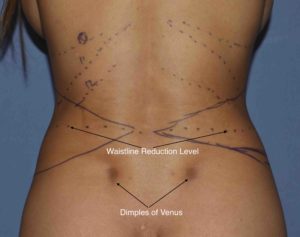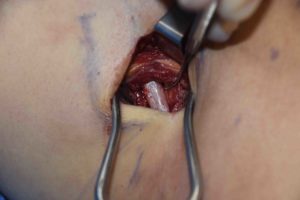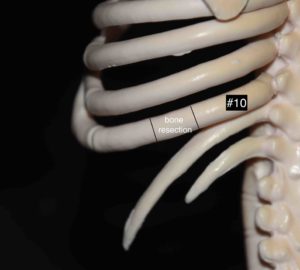The concept of rib removal for waistline reduction is based on removing parts of the lower bony ribcage to allow the sides of the waistline to collapse inward. When looking at the length and angulation of ribs #11 and #12 in particular it is easy to appreciate how this effect can occur. As attached to these ribs, which flare out from their attachments to the spine, are various abdominal wall muscles which lose this support when removed.

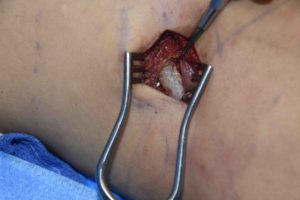
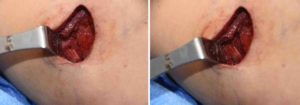
The posterior serratus muscle is closed over each the removed rib spaces with long-acting local anesthetic-soaked foam sponges replacing the bony rib. This provides an intercostal block for postoperative pain control. The split latissimus dorsi has wedges of muscle removed both above and below the cut line to reshape the lateral border of the muscle for an additive waistline reduction effect.
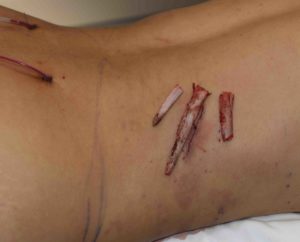
Dr. Barry Eppley
Indianapolis, Indiana

